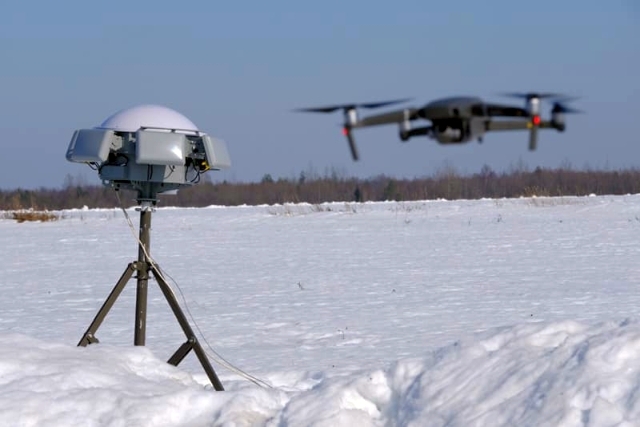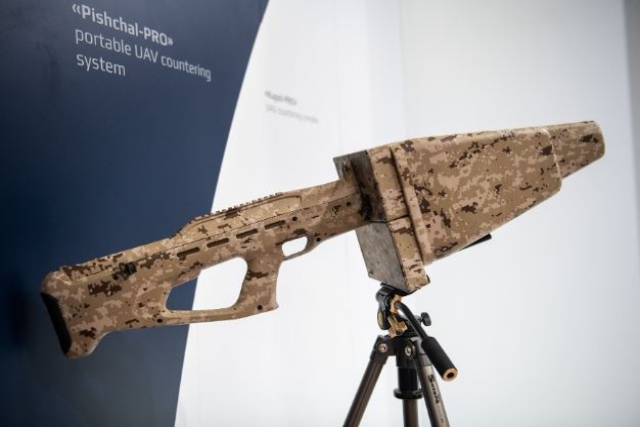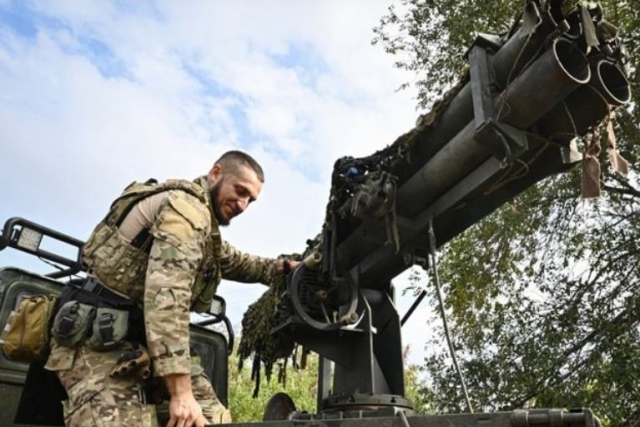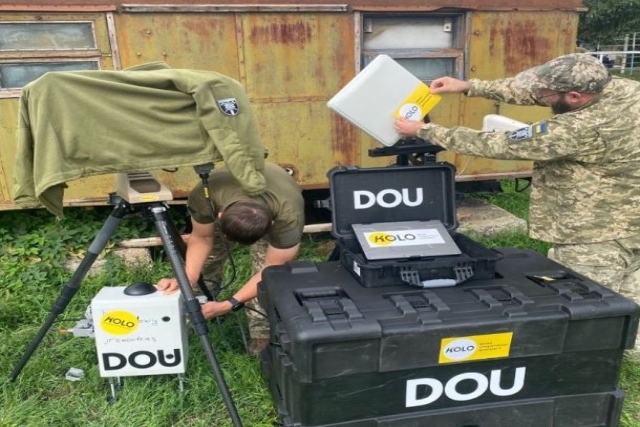Drone Fratricide Witnessed Over Ukraine
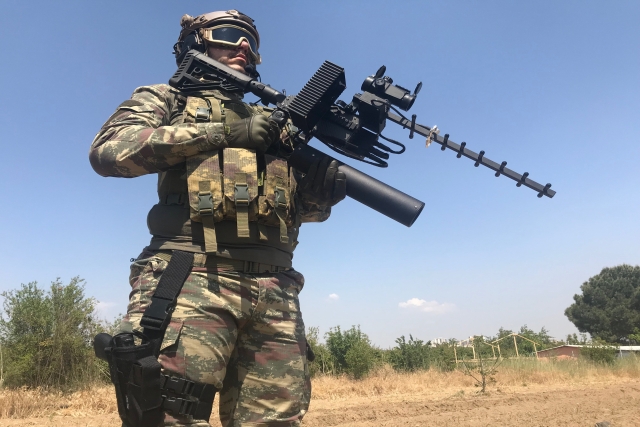
Shooting down or incapacitating one's own drones by anti-drone weapons and electronic warfare systems is being increasingly witnessed in Ukraine.
The abundance of fixed wing and quadcopter drones being deployed by small battle groups is causing an identity crisis for both the Ukrainians and Russians. Often, Drones belonging to the one army but used by a different unit or battle group are shot down by another unit of the same army.
At the beginning of the special operation, drone usage was in favor of the Ukraine. The effective use of Bayratkar drones by Ukraine that took out several Russian tanks in the initial months of the war is a case to point.
However, after a few months, the situation changed due to the flow of civilian UAVs and foreign (likely Iranian) UAVs to the units of the Russian Army. In addition, Moscow hybridized its electronic warfare systems to block drones from transmitting data or receiving navigation signals. Ukraine soon followed suit with drone detection radars and anti-drone guns from the West, canceling out the Russian advantage.

Both sides are increasingly relying on drone detection and suppression systems without in-built systems to differentiate between own or enemy drones.
According to Russian sources referred to by Topwar.ru, to get over the problem of drone suppression, the Russian military is attaching fishing line or nylon thread to the UAVs, so that they can be "reeled in" in case the drones' naviation systems is hacked into for forcing the UAV out of the control of its operator.
The growing suppression of drones is recorded even in the near rear, at a distance of 4-5 km from the battlefield. As the sources explained, it is unlikely that enemy electronic warfare (EW)equipment is working at this distance which puts the suspicion on their own or "friendly" EW systems.
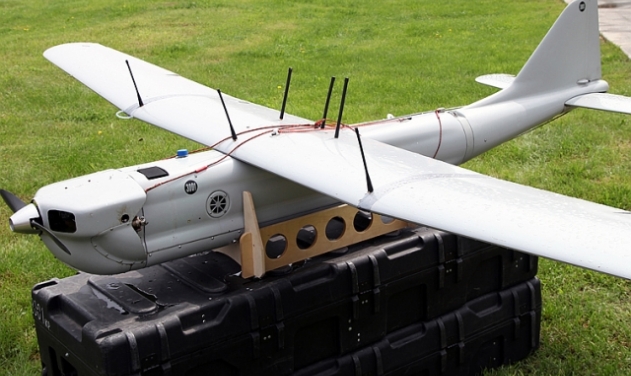
There are numerous cases when own drones were mistaken for enemy UAVs, for example, soldiers from a tank unit intercepted artillery drones returning from a mission with an anti-drone rifle. Similarly, electronic warfare stations can also get confused regarding the ownership of the UAV.
According to the sources, it is time for the heads of the UAV services to take into account that the different units have their own drones, and the military leaders that manage EW stations to systematize the use of low-power jamming stations, mainly anti-drone guns, so that the commanders of neighboring units are aware of their work.
